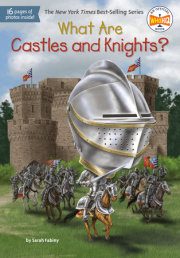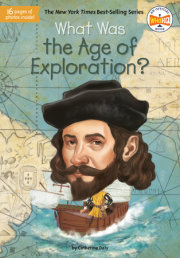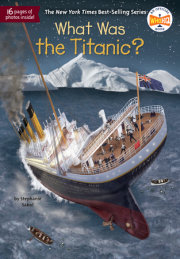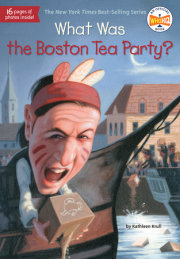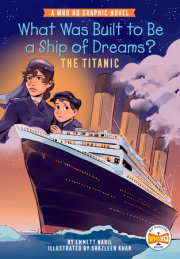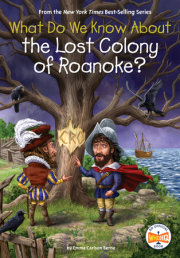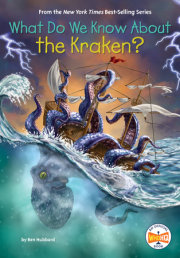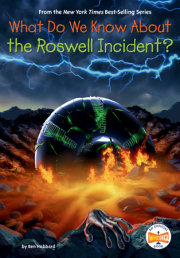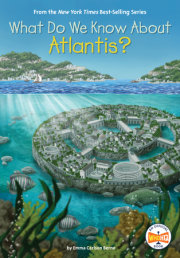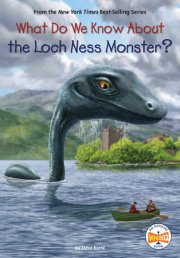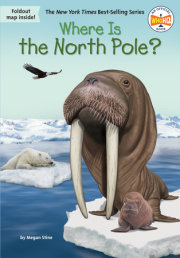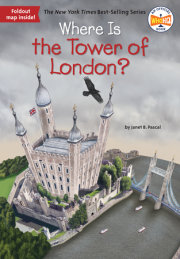


“I would never . . . navigate . . . round that wretched place again. It is the kingdom of Satan,” said a sailor in the nineteenth century. He was speaking of the trip around Cape Horn between South America and Antarctica. “Rounding the Horn,” as sailors call it, is one of the wildest, most dangerous trips a ship can make. For as many as two hundred days a year, gale-force winds blow there with gusts ranging from fifty to eighty miles per hour. The waves can reach ninety feet high or more.
Yet for hundreds of years, if anyone wanted to sail west from the Atlantic to the Pacific Ocean, they had no choice. They had to round the Horn. Surviving the trip became the sign of a truly brave seaman. After a sailor had managed to sail around the Horn three times, he could wear a silver earring, as a badge of honor. Many did not make it. No one knows for sure, but there may be one thousand shipwrecks lying under the water, and as many as fifteen thousand drowned sailors.
People dreamed of an easier way to sail from the Atlantic to the Pacific Ocean. On maps, one place looked very promising. This was the Isthmus of Panama. An isthmus is a narrow strip connecting two pieces of land. The Isthmus of Panama joins Central America to South America. On one side is the Caribbean Sea, which runs into the Atlantic Ocean. On the other, the Gulf of Panama flows into the Pacific. At its narrowest, the isthmus is only thirty miles wide. The Atlantic and the Pacific looked so close together there! Surely some way could be found to cut across. Then ships would be able to sail right through Panama. The trip would become thousands of miles shorter, and no one would have to risk their lives sailing around Cape Horn.
“I would never . . . navigate . . . round that wretched place again. It is the kingdom of Satan,” said a sailor in the nineteenth century. He was speaking of the trip around Cape Horn between South America and Antarctica. “Rounding the Horn,” as sailors call it, is one of the wildest, most dangerous trips a ship can make. For as many as two hundred days a year, gale-force winds blow there with gusts ranging from fifty to eighty miles per hour. The waves can reach ninety feet high or more.
Yet for hundreds of years, if anyone wanted to sail west from the Atlantic to the Pacific Ocean, they had no choice. They had to round the Horn. Surviving the trip became the sign of a truly brave seaman. After a sailor had managed to sail around the Horn three times, he could wear a silver earring, as a badge of honor. Many did not make it. No one knows for sure, but there may be one thousand shipwrecks lying under the water, and as many as fifteen thousand drowned sailors.
People dreamed of an easier way to sail from the Atlantic to the Pacific Ocean. On maps, one place looked very promising. This was the Isthmus of Panama. An isthmus is a narrow strip connecting two pieces of land. The Isthmus of Panama joins Central America to South America. On one side is the Caribbean Sea, which runs into the Atlantic Ocean. On the other, the Gulf of Panama flows into the Pacific. At its narrowest, the isthmus is only thirty miles wide. The Atlantic and the Pacific looked so close together there! Surely some way could be found to cut across. Then ships would be able to sail right through Panama. The trip would become thousands of miles shorter, and no one would have to risk their lives sailing around Cape Horn.
Our mission is to foster a universal passion for reading by partnering with authors to help create stories and communicate ideas that inform, entertain, and inspire.
© 2024 Penguin Random House
/














